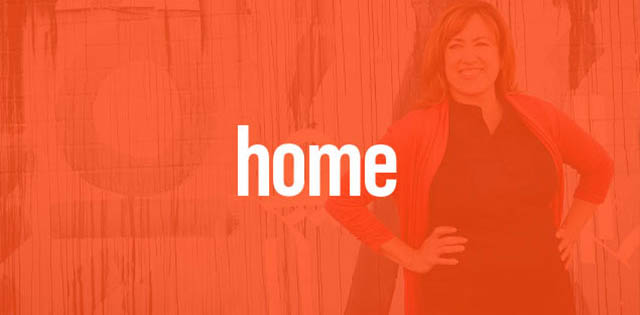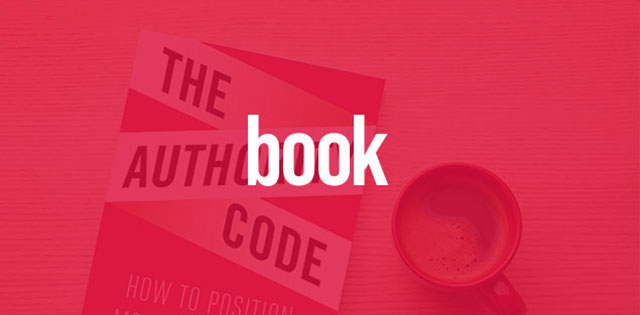How To Get Started With Media Coverage
- November 14, 2016
- Posted by: Rochelle
- Category: Building Authority

One of the hands-down best things in the age of social media is that you can now build and own your own PR and media.
We’re talking small, organic movements vs a giant splash (for that, you’re often better hiring a pro with immediate relationships to leverage).
The beauty of building your own media is that you literally can start today—right now in fact—by adopting a media mindset and a handful of simple practices.
Be strategic. Start by choosing just a few strategic outlets—sites, publications or broadcast—to focus your energies. Ideally about three to five is an excellent starting point. If you’ve never done much media before now, start with smaller platforms while you build up your skill set. Bonus: they’ll typically be hungry for content and open to building a relationship with you.
Start a list. Within those three to five outlets, track down who is reporting on your relevant subject matter. Read at least a few pieces they’ve written to get inside their head. What seems to attract them to a story? Are they writing on your topic regularly? Do they express a point of view you can synch with or play devil’s advocate to? Add them to your contact database (or build a spreadsheet) so you can always remind yourself who they are, what they cover and help you’ve given or pitches you’ve made.
Follow them. Hunt down what makes them tick: follow their work, note their interests, how they interact, what they share. All will give you clues to form an organic connection with them over time. And if you’re not on Twitter yet, go get yourself set up right now—it’s the perfect platform for locating the top, emerging and just-getting-started journalists in pretty much any field. It’s a virtual media playground where they’re openly curating content, engaging with followers and looking for story ideas. Use Twitter’s list function so you can monitor what’s on their radar with just a click.
Think like a journalist. Like you would with any prospective client, put yourself in their shoes: what matters to them? How do they think? What do they need? Traditional journalists—like say reporters for major publications, cable and broadcast—are always on a tight deadline and usually have an editor or producer to please. They don’t have time to track you down, wait three days for you to call back or answer their questions by rambling all over their topic. You get one chance—and only one—so give them an immediate “yes” with your availability in the next 24 hours or a “sorry, not this time” if you can’t.
Build relationships. Owning your own media means you invest in building relationships (which is yet another reason to keep your media list tightly focused). Just know that journalists generally don’t want to meet with or even talk to you unless it’s for a story. But they do appreciate your helping them out—a story idea, a piece of research, an offer to introduce them to someone else (a client perhaps) for their story. Keep it short, aligned with their needs and interests and you’ll hear from them when they have an opportunity in your specialty.
If you just keep at it a little bit every week, within three months, you’ll have a few budding strategic media relationships. Inside a year, you may well be patting yourself on the back when just the right story breaks and YOU are the one they call.
p.s. Like what you see here? Head on up to that orange bar to sign up pronto and I’ll deliver my weekly insights directly to your in-box.







Right on strategy. In the pre-social media days, I literally would stop in NYC’s City Hall Room 9 (The Press Room) Room 5A (the adjunct or “overflow” space in the basement) to check in with reporters, introduced myself to newer reporters (sometimes with an assist from another reporter or bureau chief). The beauty is so many of these reporters go on to bigger assignments at the current or another outlet and social media helps maintain the relationship. Where it make sense on matters I follow or of interest to clients, I retweet with a nice comment on the reporting. It sometimes introduces me to editor who retweet my (re-)tweet. When I share articles, blogs to tweet with clients and others I make sure the reporters and columnists know that. I make sure they have my cell, email and landline. I’ll email direct if I think a story merits plaudits.
Thanks Corey–your point on meeting newer reporters is spot-on. What a great strategy to keep growing your media base!